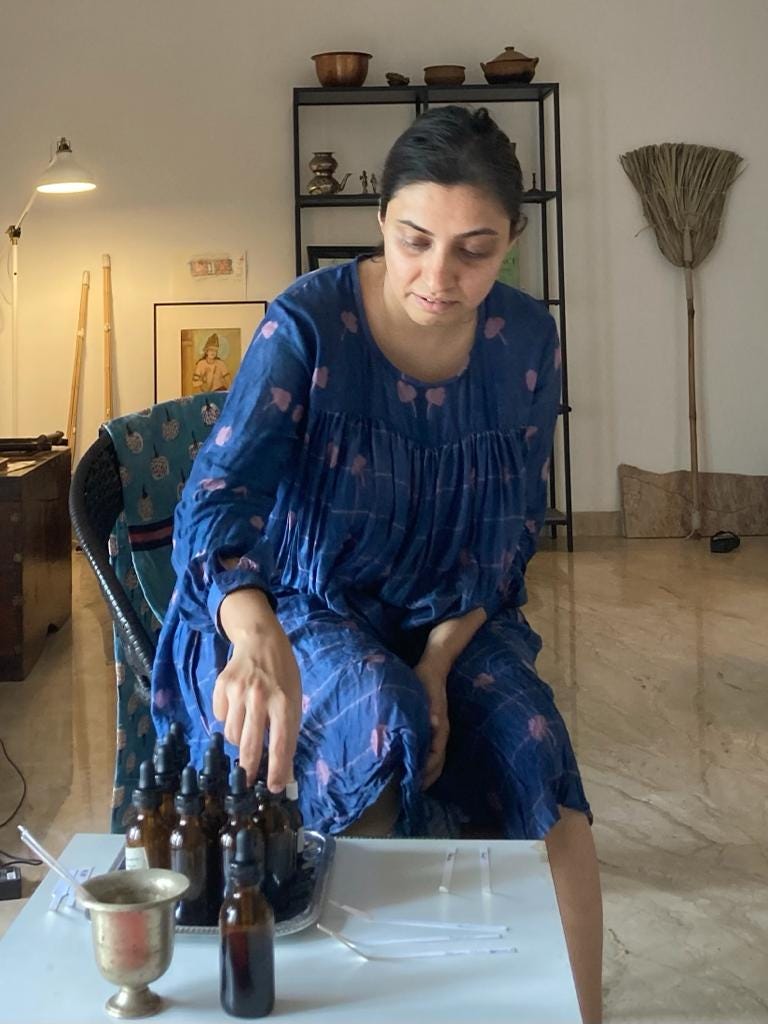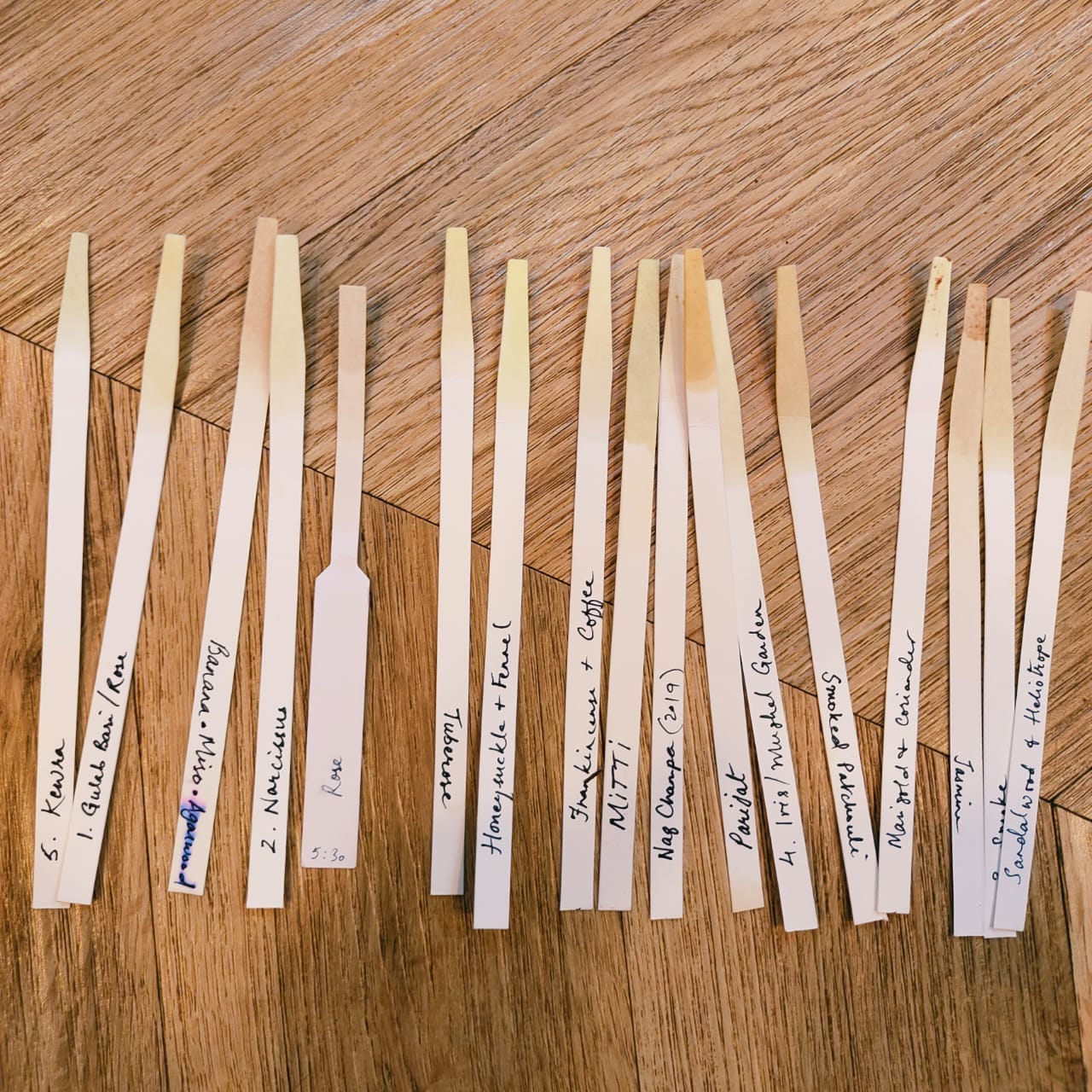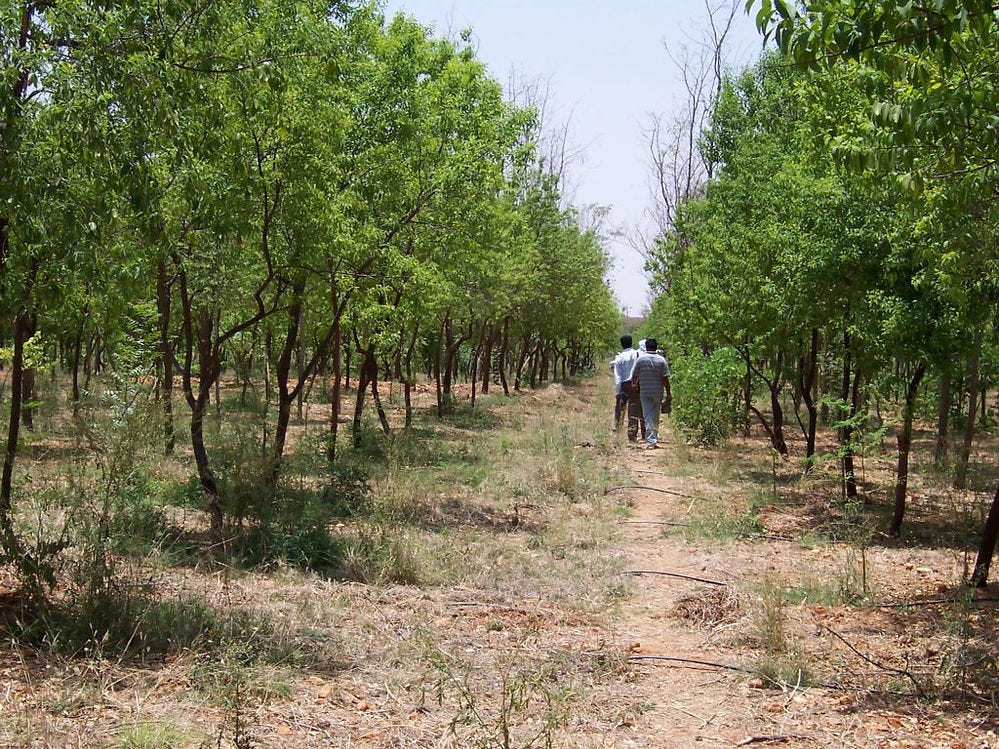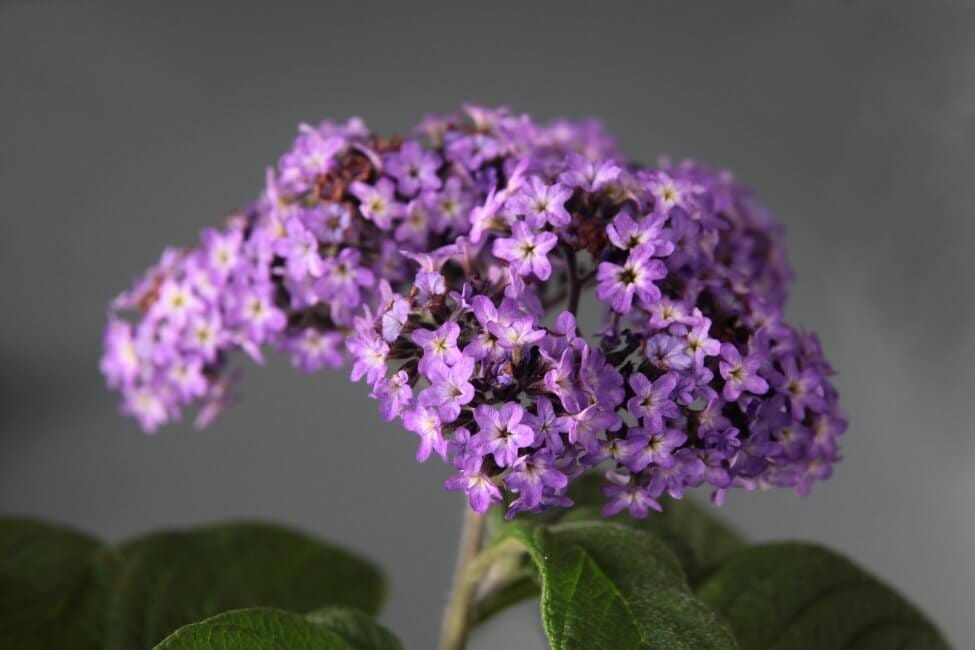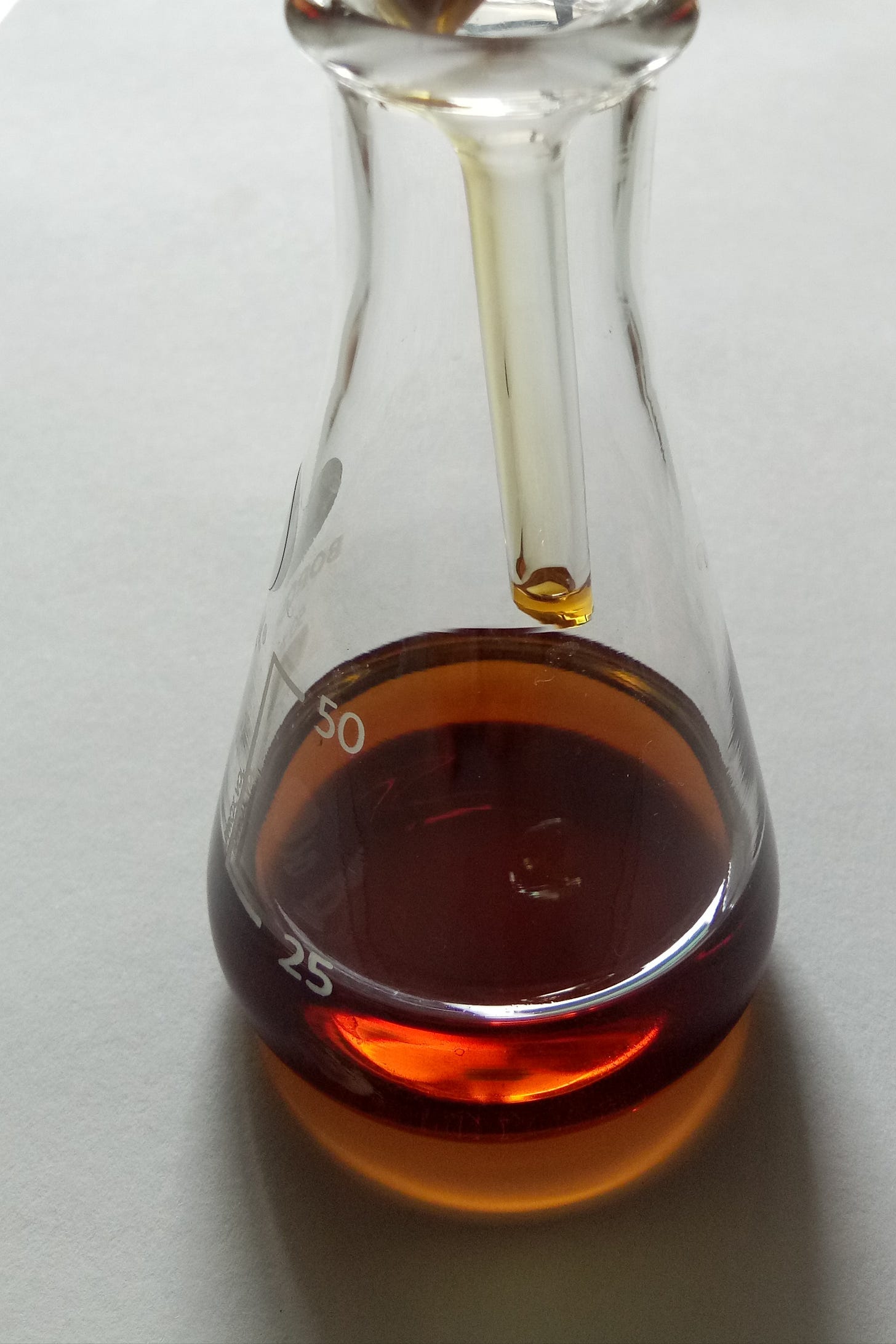Emotion-conveying hydrocarbons
In Star Trek: Discovery (S4.12), the crew makes First Contact with an extra-galactic alien species by way of sequenced hydrocarbons that communicate the equivalent of “we come in peace”. Further communications are then encoded with emotions: fear, sadness, empathy and compassion.
I thought about this premise with such fascination because what is perfume but a group of aromatic hydrocarbons! Turns out, I’ve been using scent-as-universal translator since 2018 and it is not so ridiculous that there are many who find a connection with it.
Differently abled linguistics expert, Dr. Sheri Wells-Jensen (USA), who is — get this — on the board of an organisation of scientists and philosophers (and the actor Anson Mount!) responsible for conceptualising math based communications across the cosmos— played an integral role in developing the visual look and mode of communication for Species 10-C in this chapter of Star Trek. Click on the link below to listen to her rationale behind developing a new language for a species that, for the first time on screen, is not visually represented as a typical humanoid with eyes, nose, mouth, ears, arms and so on.
This week I conducted an in person scent session, after a gap of two years, for Pune based American historian, Dr. Lily Kelting. I first came across Kelting through a provocative essay she wrote for Vittles in January— The perils and promise of bean-to-bar chocolate. When my friend pointed out that the author lives in Pune, I responded with disbelief: “No one this interesting could possibly be living in Pune!” We then wasted many months figuring out if we were cool enough to just email her with an invitation to hang out with us and become our best friend. (She did!)
As much as I have enjoyed communicating, discussing, describing smell and flavour all year over video calls through curatorial tours of my project Bagh-e Hind, it just doesn’t compare to an in person experience curated to indulge my guest.
There are a number of finished perfumes to evaluate, and the raw materials to smell— Orange flower extract from Tunisia, Rose from Kannauj and Bulgaria, Jasmine extract to be smelled and compared to its synthetic counterpart; the chemical compound cashmeran to be smelled simultaneously with “salt” accords, and all that inside information about the perfumery craft, trade, material-sourcing! In between there’s a coffee break that comes with an opportunity to taste my edible perfumes™.
Lectures by Nuri McBride hosted by the Institute of Art and Olfaction are not to be missed so I bought a ticket to her recent one on “The Colonial History of the Fragrance Trade”. For over an hour, Nuri provided an overview of the relationship between European colonization and perfume as a prestige product from the Early Modern Period to the present, that were illustrated through case studies on vanilla, vetiver, and geranium. Militarism and extraction of land, resources and labour go hand in hand, so I take such concepts of reparation and equity around art and perfumery rather seriously and I like to test what these ideas might look like in practical application. As I am an idealist, one of the things I can do is never to perpetuate the cycle of exploitation. I don’t do “free” labour, and I don’t accept that from others either. My original concepts, however, are constantly exploited but there’s nothing much I can do about that.
Mysore Sandalwood: Extinct or Thriving?
Early in my research, I realised how cagey local suppliers were about the source of sandalwood logs for distillation. Sandalwood oil became one of those ingredients that made me uneasy until I found an ethical supplier but all luxury brands - no matter what their branding claims - rely on good synthetics as substitutes any way so I have no qualms about employing quality aroma chemicals that lend perfumes their sillage.
In 2020, I interviewed Rithika Gupta of FP Aromatics so I could gain an understanding of the legal fog around the growing, harvesting and conservation efforts of this valuable specie. Rithika’s family has been in the sandalwood trade for three generations and as far as I know, she is the only woman to exist and compete in an industry operated by “uncle-men” across South Asia.
And do you remember Veerappan?! Here’s an extract from our conversation:
In Kerala, while there were laws that imposed restrictions on the cutting of sandalwood, there was no restriction on transport, possession, trade and processing of the wood. These relatively liberal laws in Kerala made room for a lot of illegal rackets, the biggest one conducted by Veerappan, the ivory and sandalwood smuggler who was active for 36 years. The illegal smuggling rings benefitted local village populations financially. Since the government didn't offer any incentives to local villagers from sandal proceeds, Veerappan enjoyed immense patronage from them and in return encouraged them to sell the wood on his behalf. All of this increased illegal harvesting and trade, discouraged private growers, and there was no conservation happening. This has slowly started to change in the last 5 to 10 years but it is very slow progress. A lot more work remains to be done.
Sandalwood & Heliotrope
Since I have been so precious about the Indian Sandalwood oil I received from Rithika well over a year ago, I decided it was time to stop being afraid to “waste” it. I carefully considered new perspectives I could bring to a material that has been thus far experienced in all the ways that are classic and modern. Sandal-oudh-rose is done to death, and hipsters from NYC to South Bombay have worn Le Labo’s synthetic dry paper-y version that instinctively inspires my loathing and distrust for the individual wearing it.
My approach to jasmine, tuberose or the parijat flower, is simple - take the botanical extract and build around it with other materials that don’t interfere in its scent and only function to add a polished facet that lets the floral qualities shine.
I decided on a dense composition of 80% sandalwood oil that opens with delicious notes of heliotrope and violet-hued flowers (iris, lilacs, violets) constructed on a foundation of oakmoss, copaiba balsam, cedarwood, cocoa, tonka bean, ambergris and benzoin. This one is among the most remarkable perfumes I’ve formulated so far, it just needs to sit and age for another month. Best worn on a cool evening or the winter season.




